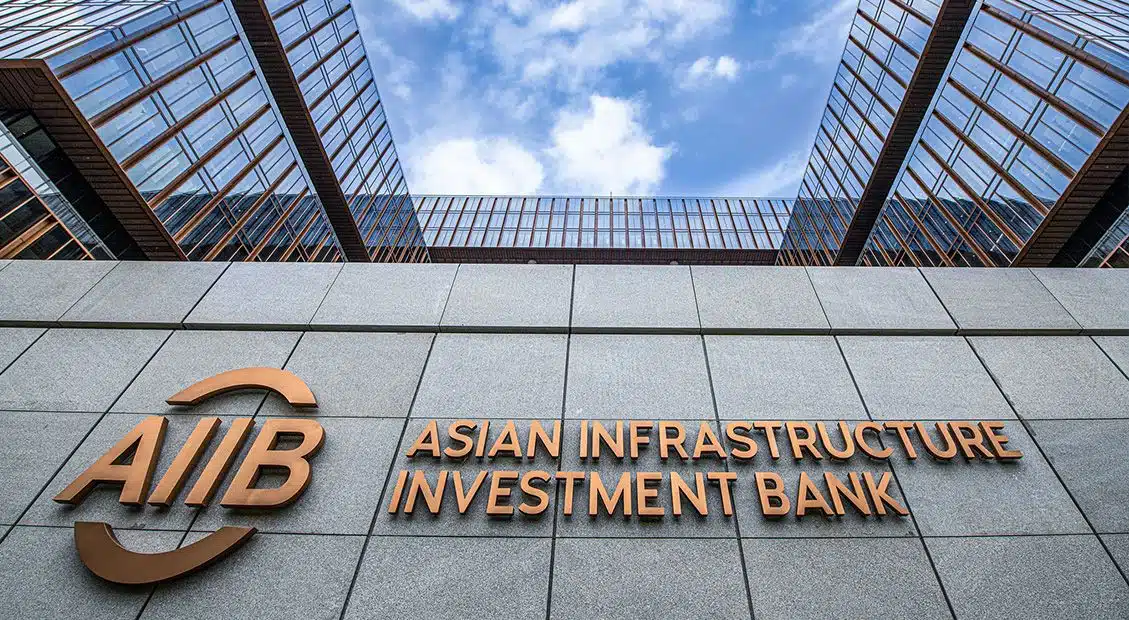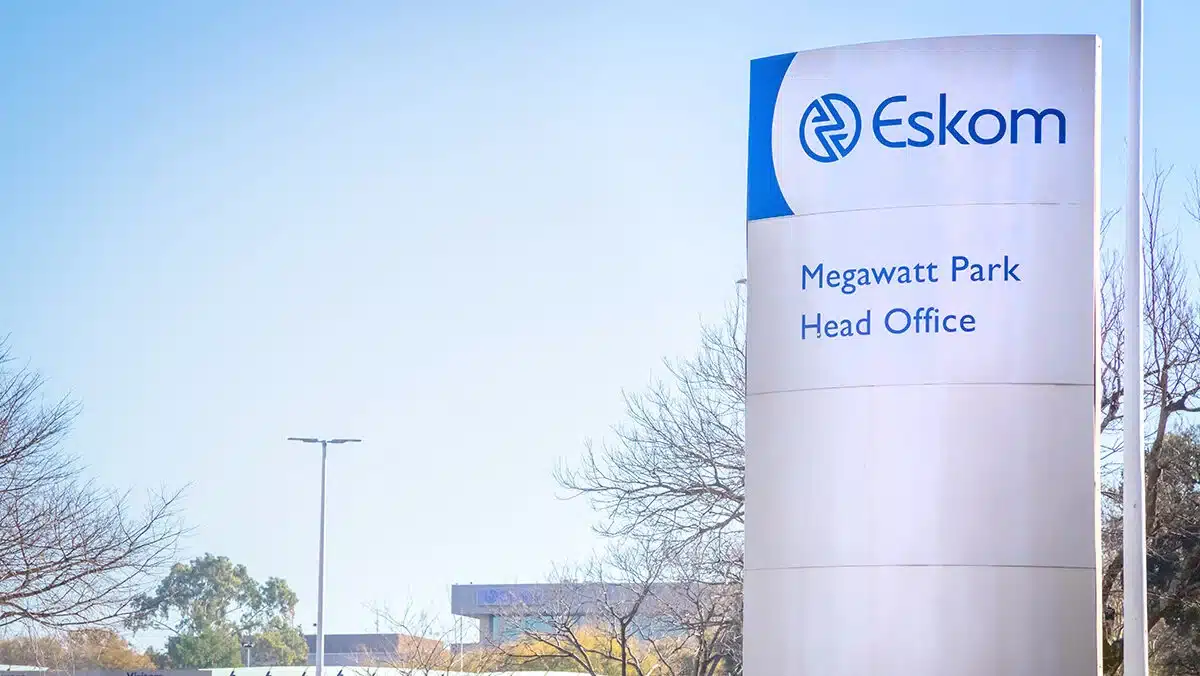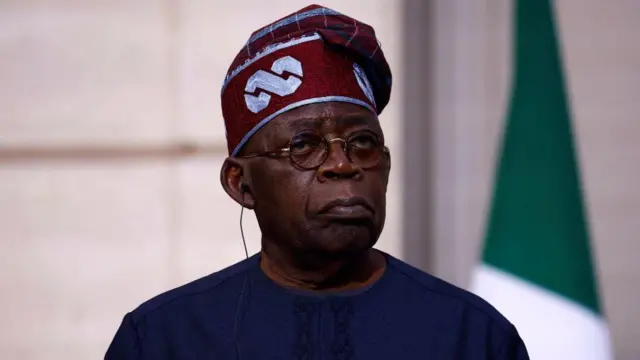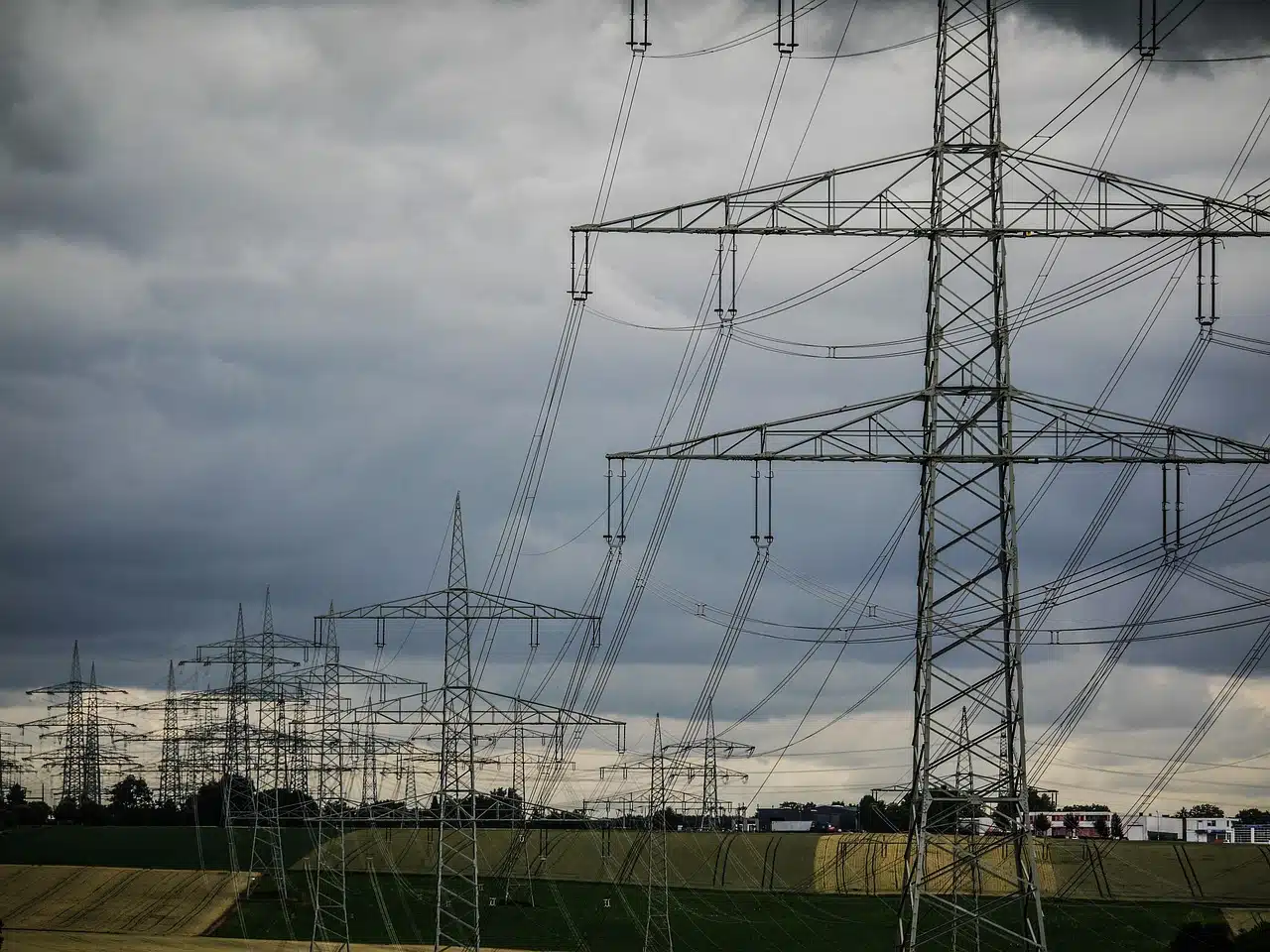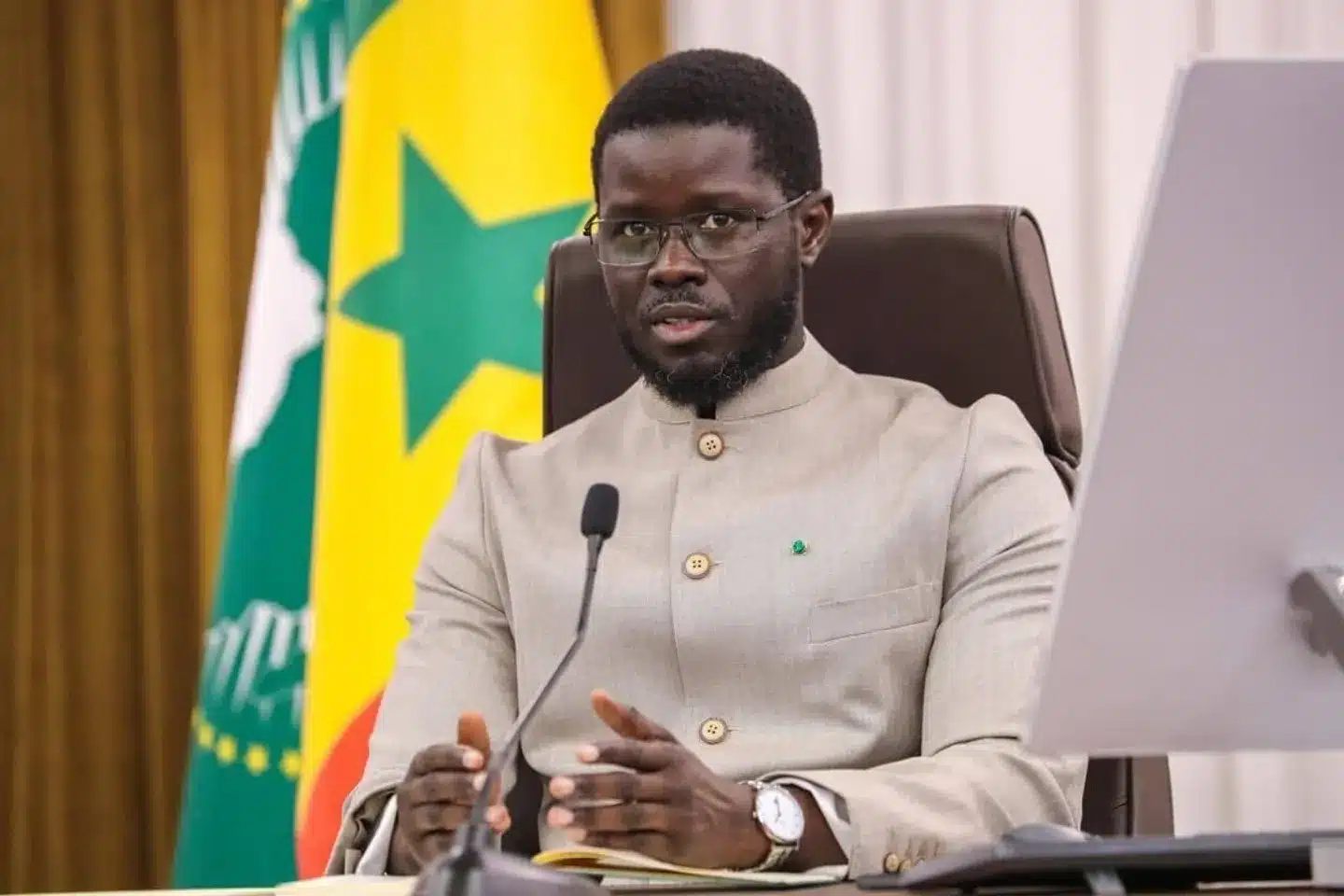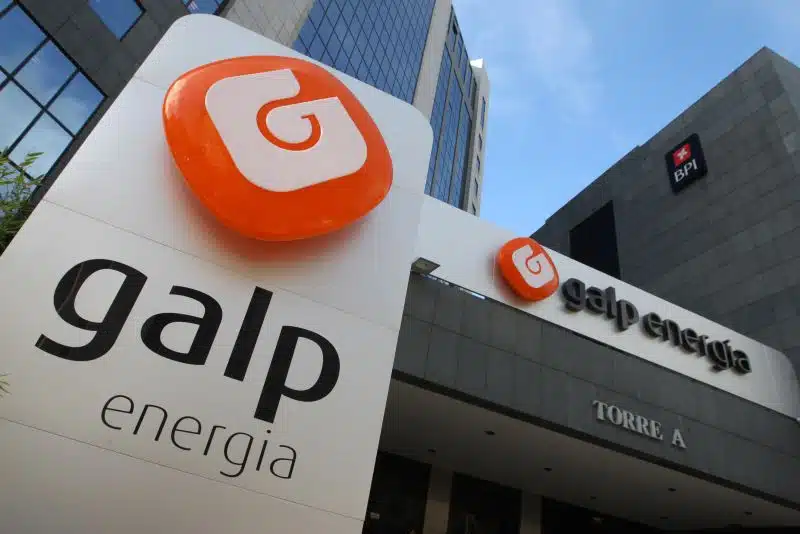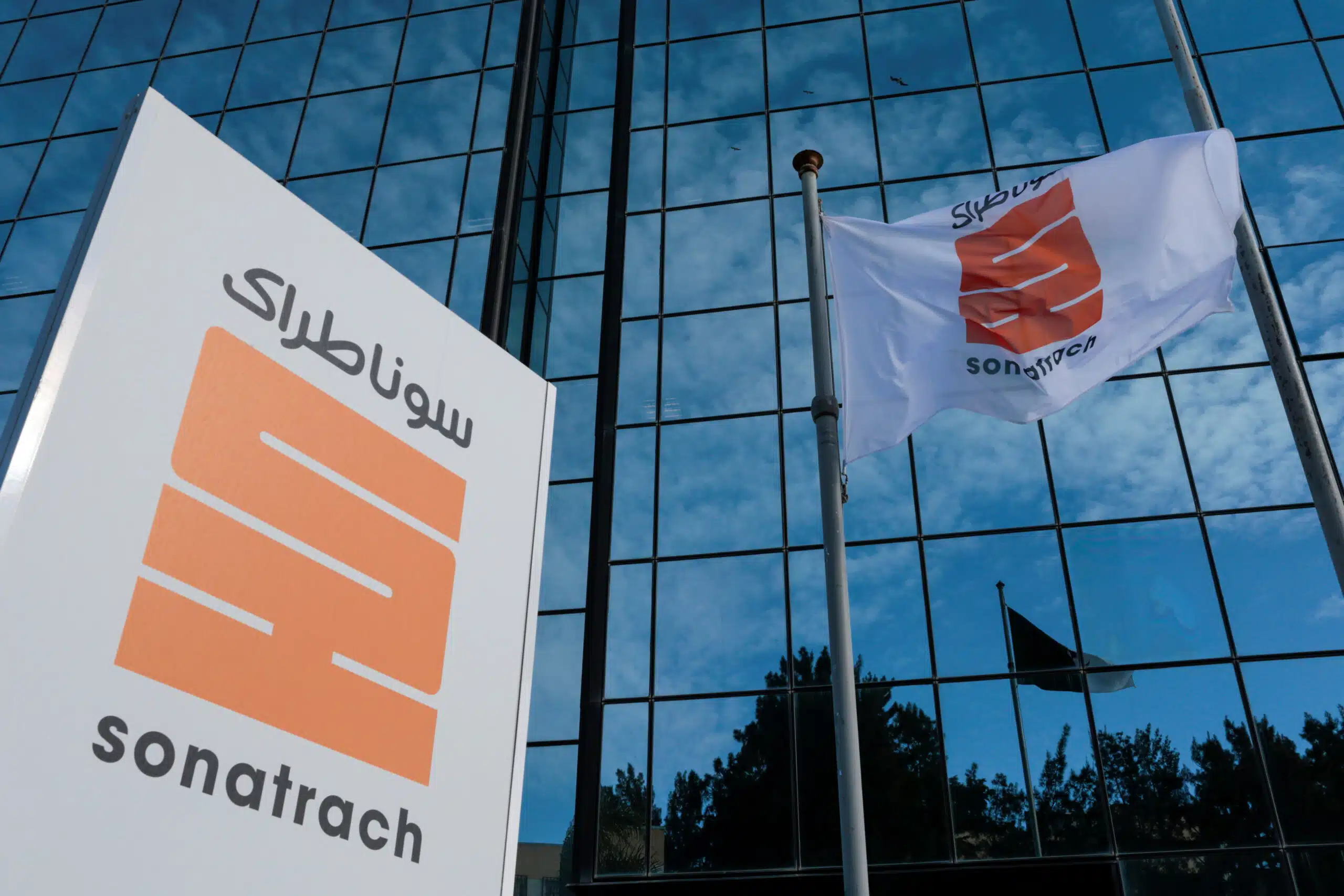The Asian Infrastructure Investment Bank (AIIB) plans to invest $1.5 billion to support Africa’s Mission 300 programme aimed at connecting millions of people to electricity by 2030.
The Beijing-based lender said there is “room to grow” its role in Africa, where it currently channels only about 5% of its portfolio despite being authorised to direct up to 15% of funds outside Asia.
Rodrigo Salvado, Director General in the Bank’s Operational Partnership Department, made this disclosure in a statement on Tuesday during a briefing on Africa’s energy financing needs.
He said the commitment will be spread over three to four years.
Supporting Mission 300 goal in Africa
Mission 300 is led by the World Bank and the African Development Bank.
The plan seeks to connect 300 million Africans to electricity within the next decade.
Salvado said the AIIB is reviewing the project pipeline of Mission 300 to identify opportunities that match its priorities.
He noted that the Bank wants to “pump in money upstream” to support coordination among development partners and speed up delivery.
“Electricity is a very basic function for people and markets to operate in Africa,” Salvado said. “Commerce and industries cannot happen without it.”
The Director explained that the Bank’s investment will also support African member countries of the AIIB.
So far, 19 African governments are full members. Nigeria, Senegal and Tanzania are seeking to join.
Asian Infrastructure Investment Bank presence in Africa
The AIIB was created in 2016 as a multilateral lender to finance infrastructure and development.
China is the largest shareholder with 26.6% of voting rights and veto power, followed by India with 7.6%, Russia with 6% and Germany with 4.2%.
Although often described as a China led institution, Salvado explained that the AIIB makes decisions by consensus across its 110 member countries.
He added that the Bank’s work in Africa is not at the expense of Asia.
“President Jin Liqun has been clear that investing one dollar in Africa is not one less dollar in Asia,” Salvado said. “It multiplies the value of that dollar.”
The Bank has so far invested $2.48 billion in Africa, which is about 5% of its global portfolio. Its mandate allows it to grow this to 15%.
Financing and project preparation
Meanwhile, the AIIB said it is shifting focus to project preparation in order to unlock more financing for Africa’s infrastructure.
Salvado explained that every dollar spent on preparation could generate $70 to $80 in project finance.
He noted that concessional funds have often been used to subsidise weak projects in the past.
The new approach, he said, is to channel blended finance into strong projects that can attract private investors and deliver returns.
“Development partners need to focus on preparing viable projects that will bring back capital to investors,” Salvado said.
He mentioned that Kenya became the first country in Sub Saharan Africa to contribute to the AIIB’s Project Preparation Special Fund.
According to him, this is a sign of South South cooperation that can help narrow Africa’s infrastructure gap.
Africa’s financing challenges
The Asian Infrastructure Investment Bank’s commitment comes at a time when global development finance is shrinking. Many African countries face rising debt and limited fiscal space to fund energy projects.
The Bank’s entry into Africa is expected to complement resources from the World Bank, African Development Bank and other financiers.
Salvado said this cooperation will be key to making Mission 300 successful.
He added that the AIIB is ready to work with its African members to identify projects that will expand energy access and create opportunities for trade and investment.
By committing $1.5 billion to Mission 300, the Bank aims to help close the continent’s power gap while also strengthening ties between Africa and Asia.

